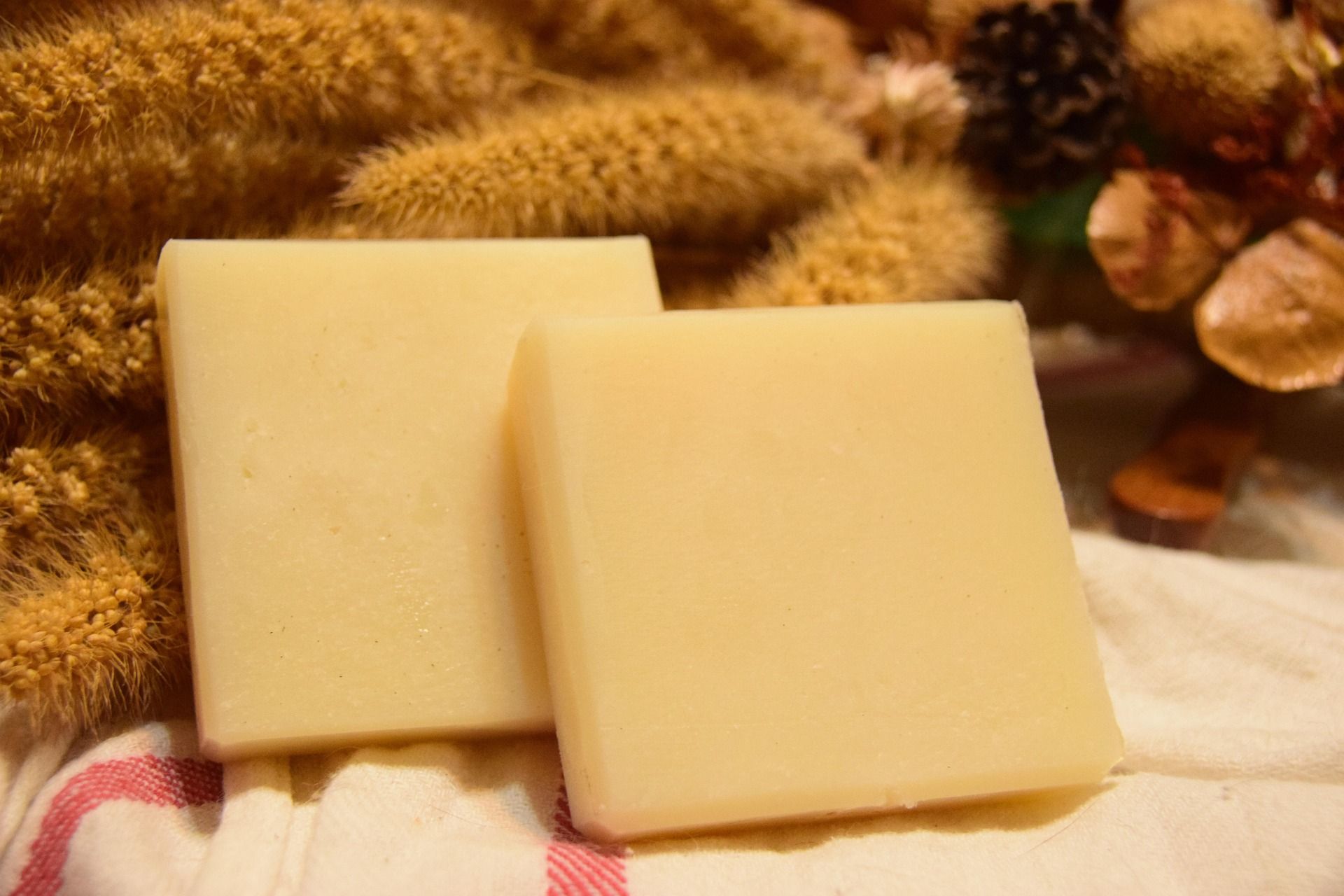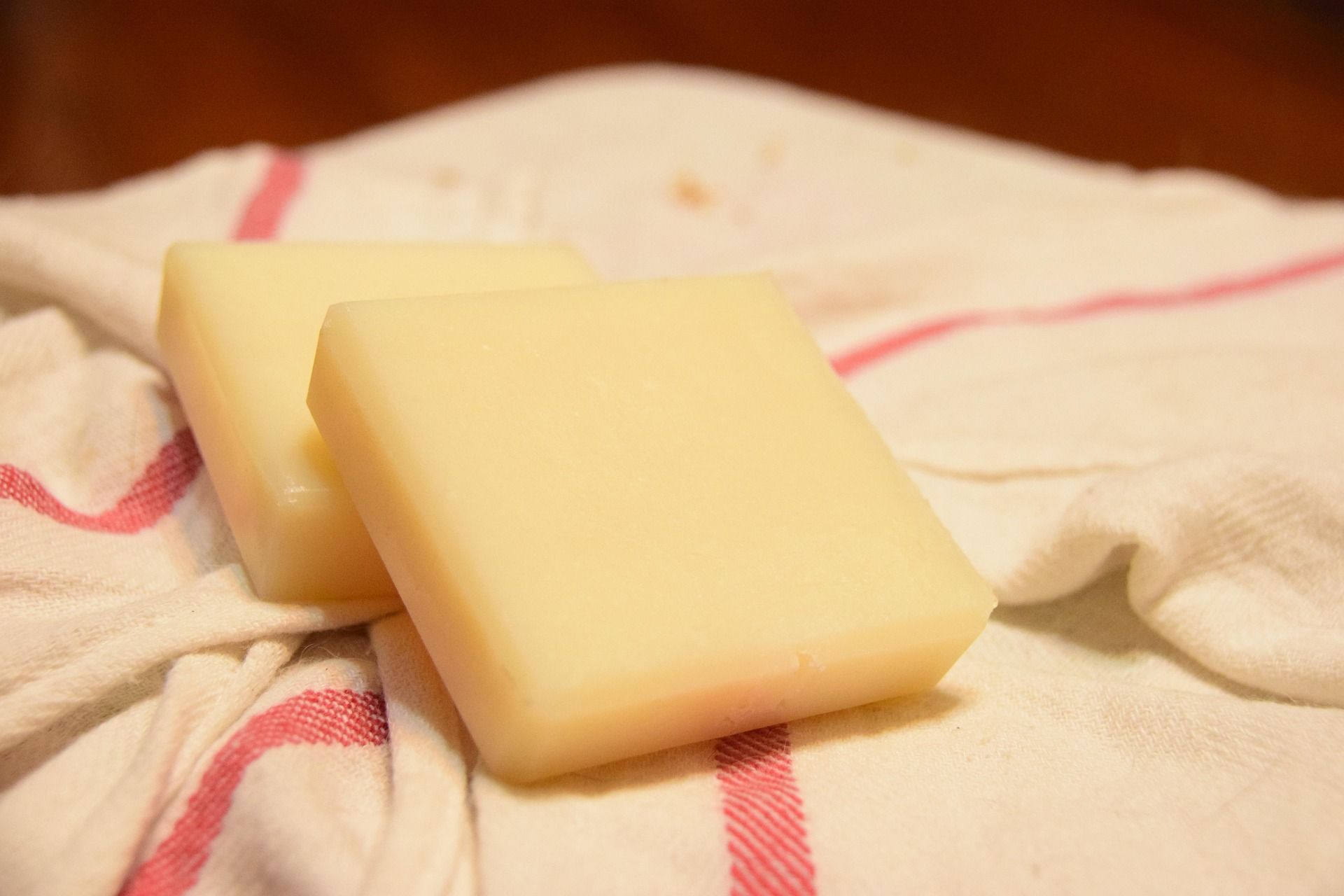In the world of handmade soaps, amino acid soap is highly sought after for its gentle, skin-friendly, and delicate lather. But did you know that making amino acid soap can follow a precise and rigorous "algorithm" just like artificial intelligence (AI)? Today, we will use a GeoAI (Geographic Information AI) perspective to give you an in-depth look at how to create a perfect bar of amino acid soap.
1. The "Geographic Information System" of Amino Acid Soap Making
In GeoAI, data precision determines the accuracy of the analysis. The same is true for making amino acid soap. You need to prepare all your "geographic data"—that is, the exact formula and ingredients.
Ingredients as "Data":
Amino Acid Powder: This is the core "smart" ingredient. Choose a skin-friendly, gentle amino acid surfactant, such as Sodium Lauroyl Glutamate or Sodium Cocoyl Glutamate.
Soap Base or Carrier Oils: Traditional amino acid soap often needs a "frame"—this can be a melt-and-pour soap base or a base soap made through cold or hot process methods.
Water/Hydrosol: Used to dissolve the amino acid powder, this is your "geographic coordinate system" for the process.
Other Additives: Ingredients like glycerin, botanical oils, essential oils, or natural colorants are extra "data layers" that add features to your soap.
The Formula as the "Algorithm":
Precisely calculate the amount of each ingredient based on the type of amino acid surfactant and the ratio of soap base/carrier oils you choose. This is an "equation" that requires careful handling; even a slight deviation can affect the final texture and gentleness of the product.
2. The Creation Process: "Smart" Modeling and Implementation
GeoAI follows a logical and rigorous process when analyzing data. Making amino acid soap is the same, and every step is crucial.
"Data" Preprocessing: Dissolving the Amino Acids
Slowly add the amino acid powder to the water while continuously stirring. Due to the properties of amino acids, this step requires patience, just like an AI needs time for data cleaning and preprocessing. Insufficient stirring can lead to clumps, affecting the final consistency of the soap.
"Model" Integration: Mixing and Heating
Add the dissolved amino acid solution to a melted soap base or mix it with your prepared carrier oil soap. This is the integration of the "smart" core and the structural "frame." You need to control the temperature precisely to ensure all ingredients are perfectly blended without damaging their properties.
"Feature" Addition: Adding Extra Ingredients
Once the mixture has cooled slightly, you can add essential oils, natural colorants, or other additives. This is like a GeoAI layering data like terrain, population, or vegetation onto a base model to give the product more rich and personalized "features."
"Geographic" Formation: Pouring and Cooling
Pour the finished soap mixture into your molds. This step determines the final "geographic form" of your product. Ensure the soap mixture is poured evenly and gently shake the mold to remove air bubbles, resulting in a smooth and perfectly structured bar.
3. The "Intelligent" Advantages of Amino Acid Soap
Why is amino acid soap made with this "AI" mindset so popular? It's because it has multiple "intelligent" advantages:
Gentle and Skin-Friendly: The molecular structure of amino acids is similar to the skin's natural moisturizing factors, allowing for gentle cleansing without compromising the skin barrier.
Delicate Lather: It produces a rich and creamy lather that deeply cleanses pores while leaving the skin feeling silky smooth.
Moisturizing: The skin doesn't feel tight or dry after washing, just as a GeoAI optimizes an ecosystem to maintain a balanced flow of water and resources.
Conclusion
Making amino acid soap is not just a fun craft; it's a "science" that requires precision and a meticulous approach. By using a GeoAI mindset, we can precisely control every step, ultimately creating a beautiful and highly effective bar of amino acid soap.
Are you ready to start your "smart" soap-making journey?


